The biannual Adaptive Optics for Extremely Large Telescopes conference was held in beautiful Viña del Mar this year. Although normally a summer conference, it was held from October 27 to October 31–springtime in Chile!

AO4ELT aims to gather adaptive optics scientists from across the globe to discuss and formulate solutions to the largest problem facing the largest future-generation telescopes: wavefront sensing and control.
Wavefront sensing and control (WFS/C) is critical for the success of the massive 30-m telescopes (ELT, GMT, and TMT), whose performances are severely limited by atmospheric turbulence. For the goal of directly imaging exoplanets around nearby stars, the field of adaptive optics must come together to develop the technology and the algorithms for correcting tens of thousands of controllable elements thousands of times a second.
To summarize the talks, I would say the overall theme of this AO4ELT was the proliferation of improved control algorithms. We have discovered that vibrations and other quasi-stable error modes can dominate the residual wavefront errors of modern AO systems, and simple leaky integrators are insufficient for achieving high Strehl ratios on future telescopes.
The new controller architectures predominantly have moved towards machine learning and reinforcement learning to use data-driven techniques that don’t require precise system models. This agnosticism is powerful for adapting a single control architecture to multiple testbeds and telescopes, and we saw many talks about successful implementations of Policy Optimization for AO (PO4AO), among other machine learning algorithms.
Another common theme of the conference was the success in using older, smaller 1-m-class telescopes telescopes for on-sky prototyping and testing. There is an age-old problem of adapting technology and algorithms from simulations to testbeds, and then from testbeds to telescopes. These older telescopes are having a renaissance in utility, since AO scientists are getting crucial on-sky time without the stress and overhead of competing with observers for time on larger, more modern telescopes. This renaissance is also giving students and young career researchers valuable experience in the planning and operations of observations, something you can’t get on a testbed, alone.

Now, what was I presenting at AO4ELT? Having just started work with the XWCL, I didn’t have any exciting results to share for the polarimetric mode of MagAO-X, but I did share work from my Ph.D. dissertation on the upgrades and early science of the VAMPIRES instrument on SCExAO (the sister of MagAO-X on the Subaru Telescope).
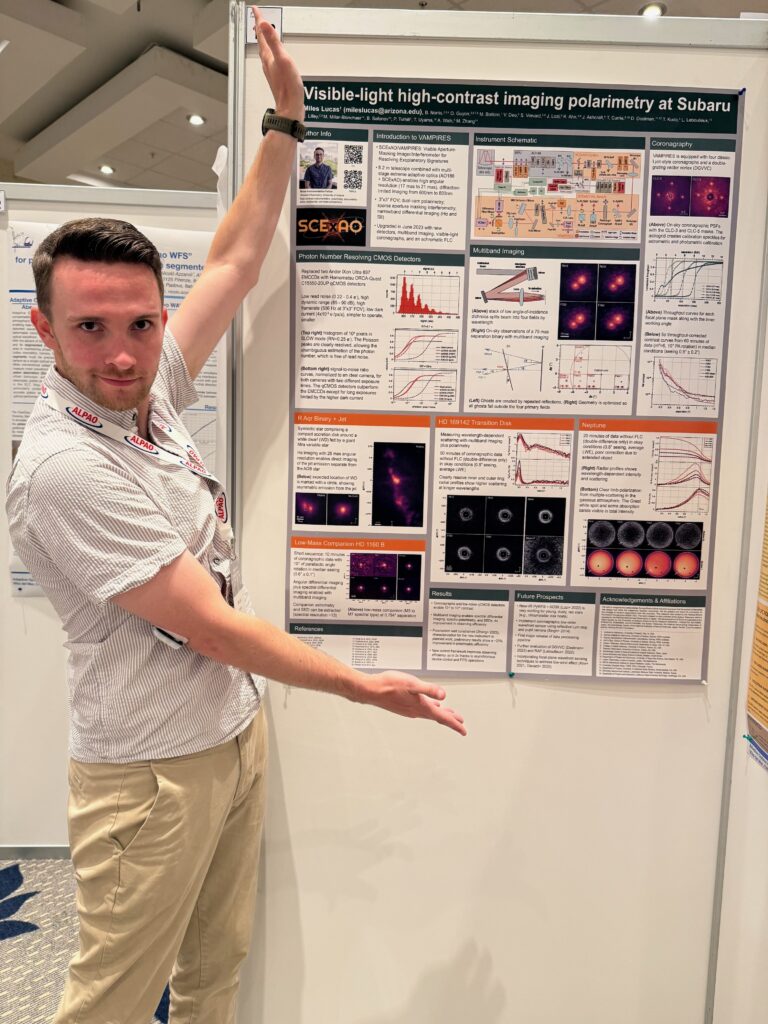
Beyond the conference, I enjoyed the sounds of the sea and many of the cultural staples of Chilean food–including many pisco sours. For those who are unaware, like I was, pisco is distilled fermented grapes, basically distilled wine. A pisco sour combines the liquor with lemon/lime juice, egg white, and a sweetener. The best pisco sour I had was at the Macha restaurant, where I also enjoyed octopus by recommendation of the chef to celebrate my birthday, which fell on the final day of the conference.
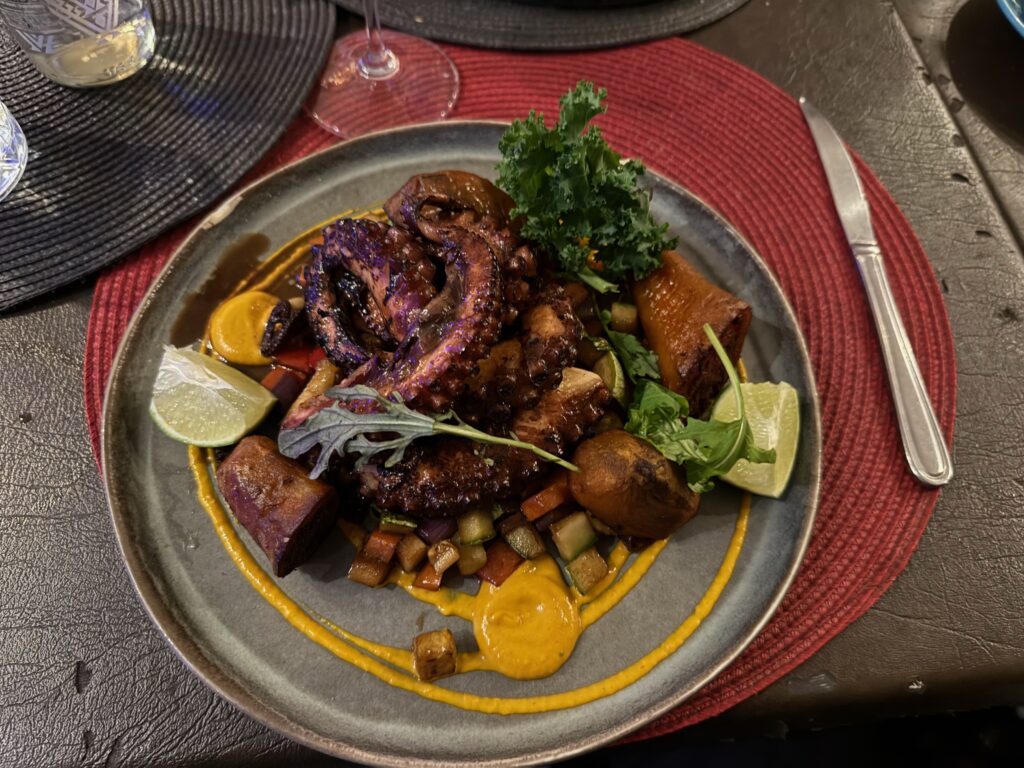
Following the conference, I had planned to explore Valparaíso and spend a few days in Santiago, but my arch nemesis, the conference bug, had other ideas. I quickly got caught up on the spanish needed to naviagate a farmacía, from pañuelos to vaporaciones (de Vick). Nonetheless I was able to seek out some cozy cafes and tasty food before my long flight back to the US.
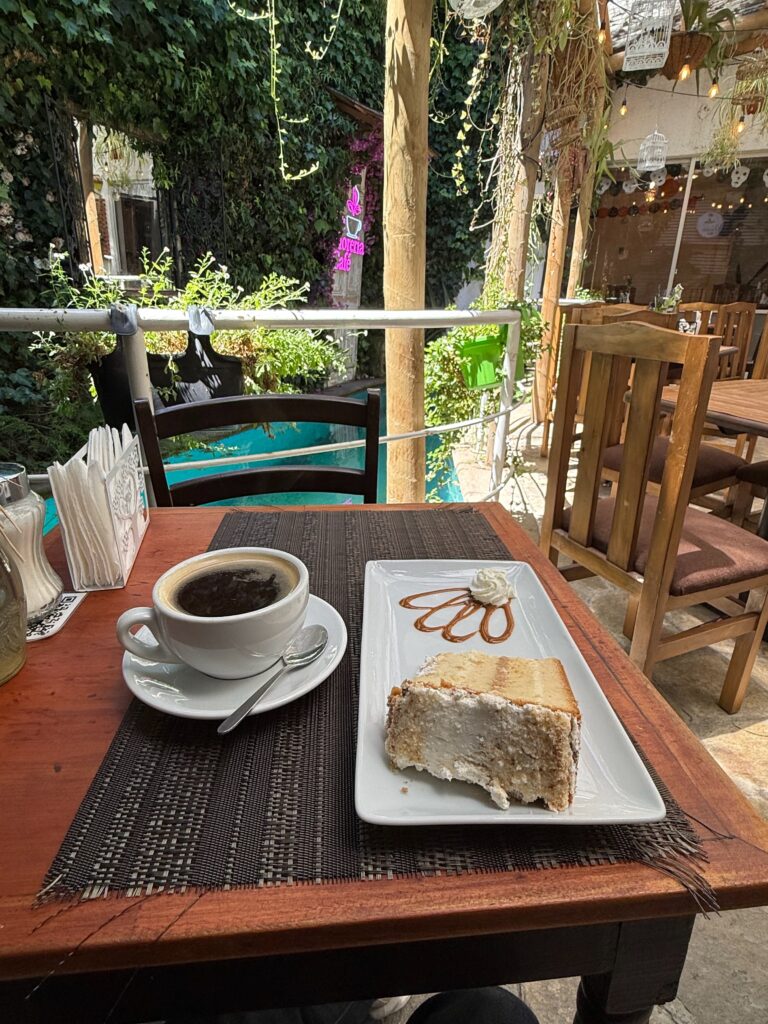
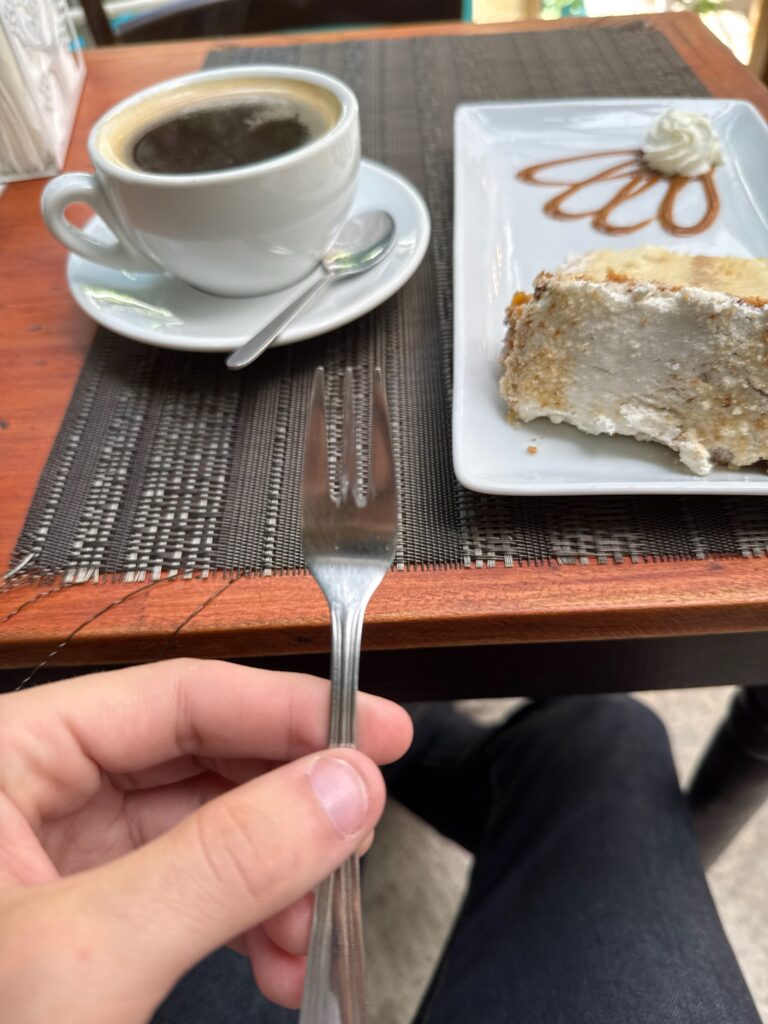
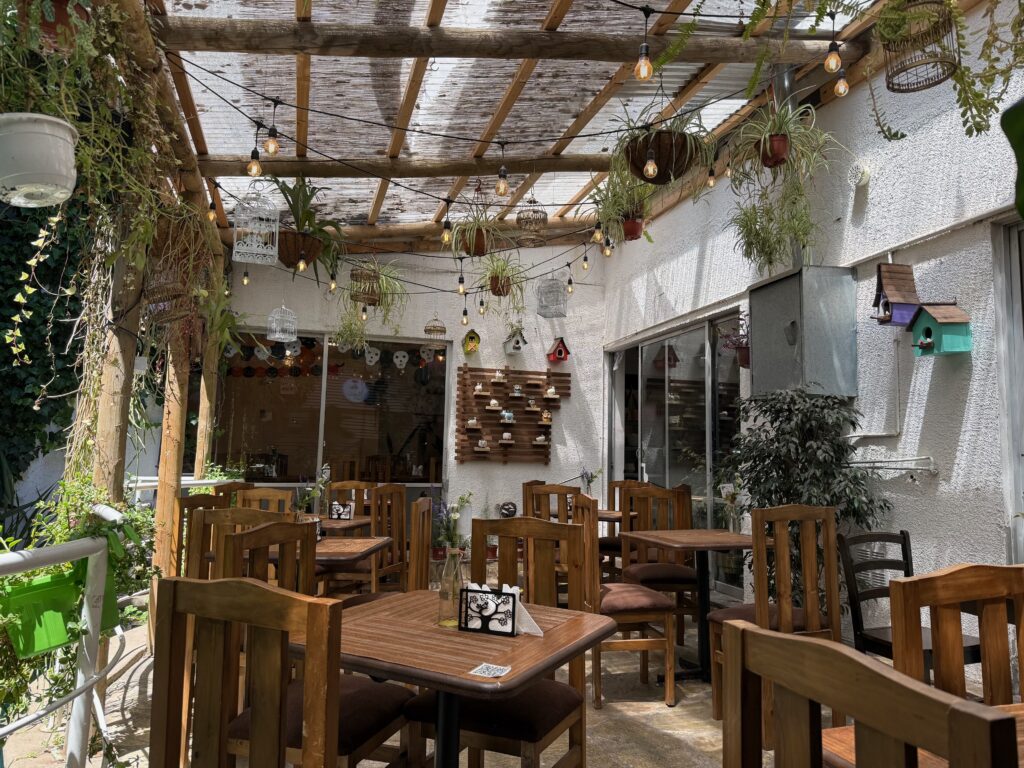


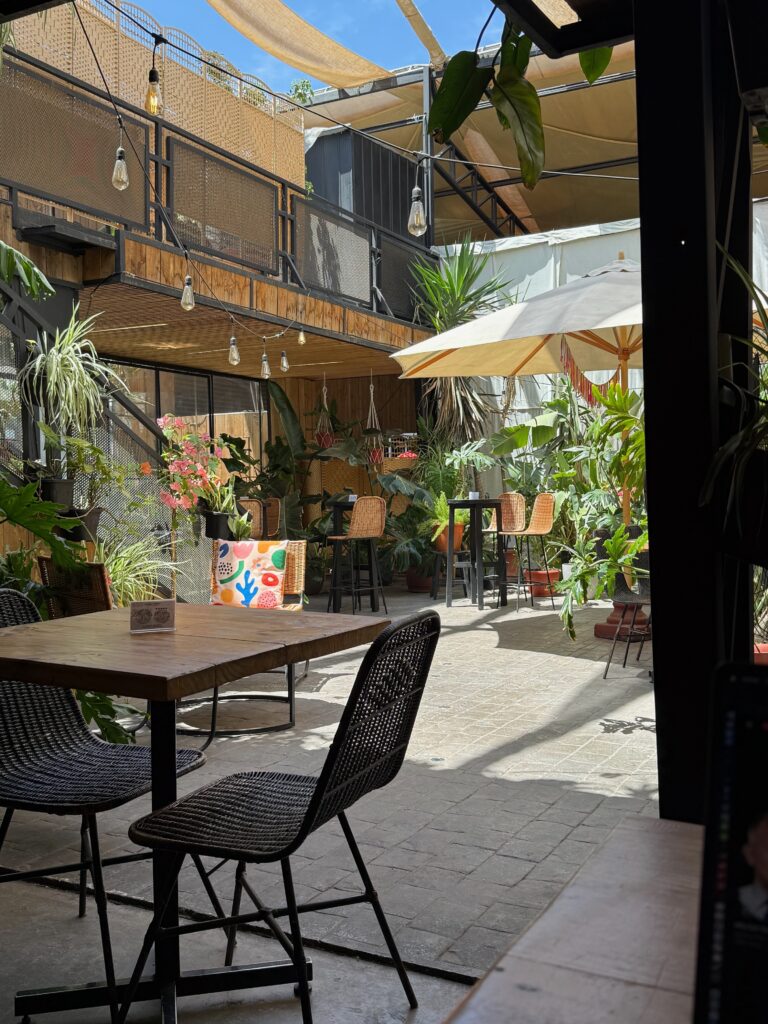
Song of the day: Despacito (it’s the Mr. Brightside of Latin America)